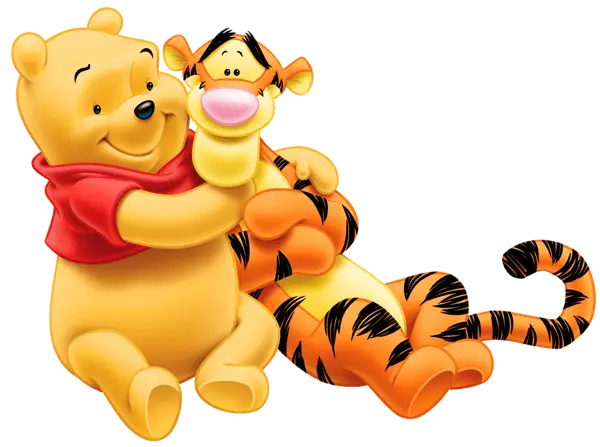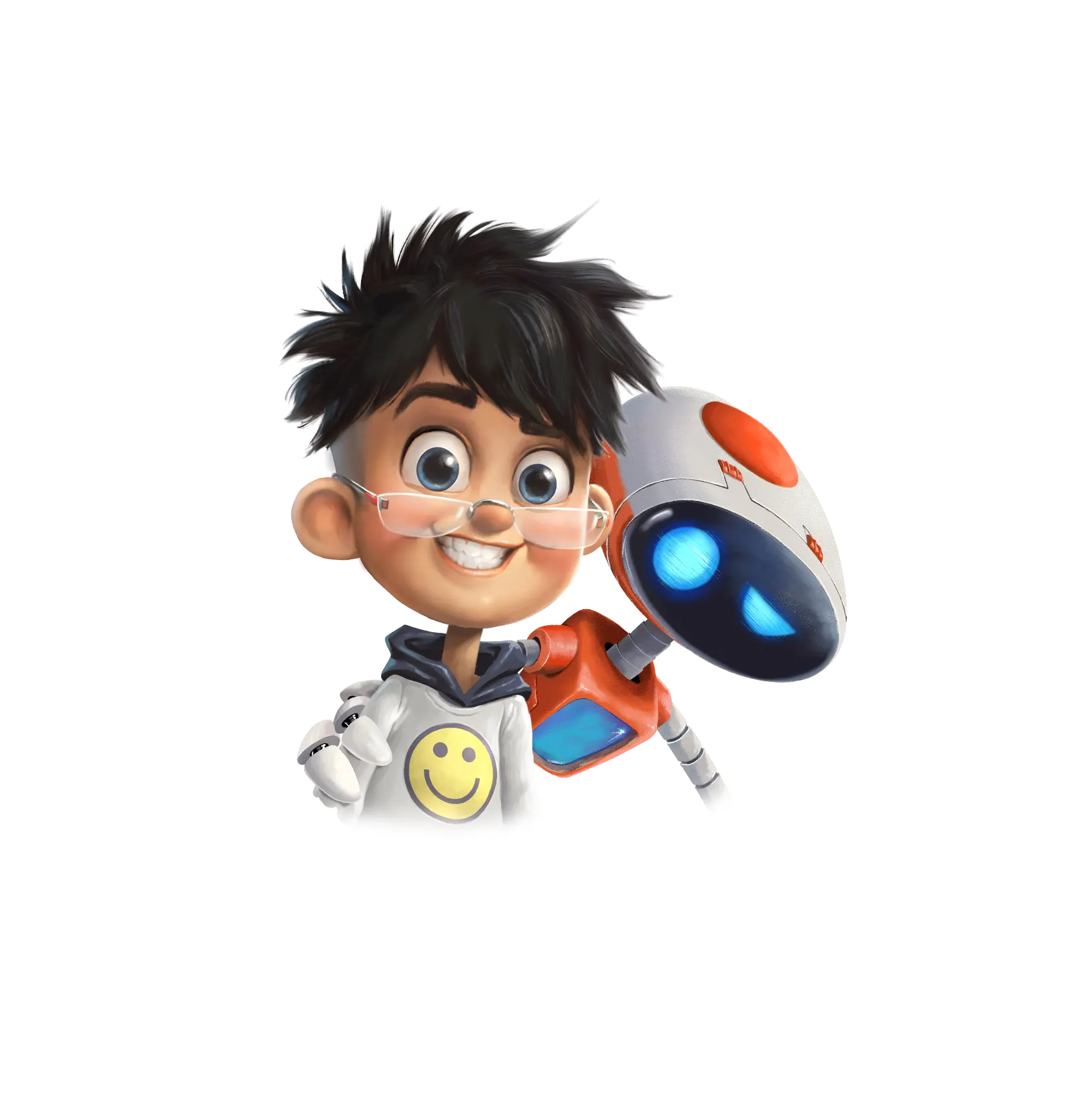Ever since animation acquired the power to attract much attention, many animation and game designers usually strive to keep up-to-date with more sophisticated and trending animation and game designs. However, in order to achieve the best and make great animations, especially for 2D games, you have to consider some important aspects of importance concerning the same.
First and foremost, push the animation to the limit. In order for the animation to be more interesting, the designer has to use the extremes and this means embroidery and attractions without forgetting to think about the possible reaction from other people and ensure their limit is achieved. Additionally, if the animation uses real expressions and movements, it has fewer chances of succeeding since people are familiar with these moves and definitely will not be impressed. Intense animations will draw much attention and will have higher chances of succeeding.
Secondly, make everything in the animation effervescent and feel lively. The animation should not appear as if they are stiff and made up of autonomous moving parts. Even if the animation is as simple as drinking water, strive to make the hand look like it is picking up the cup and taking it toward the mouth. However, the main idea is that your animation should seem moving even if it is at a standstill and this can be achieved by adding some bounce to the character to make it give the impression that it is alive and kicking.
To add that, for the animation to be perfect, they have to contain strong keyframes. When animating your sprites, you should ensure that they have strong and extreme keyframes that depict a particular movement. To add on that, for the animation to be best, the sprites should also be in order according to the stated move.
Furthermore, to ensure that you get a good one, you should limit the animation keyframes. Even though sometimes most animators exaggerate the specified animation to achieve a visible move, some designers tend to over-exaggerate and therefore make the animation lose its desired meaning. It is however advisable to use a limited number of frames but boldly highlight the important moves.
Last but not least, do not give much care and attention to the craft. Many 2D game designers usually pay too much attention about the craft and end up losing sight over the entire content. However, great care is supposed to be directed to the whole image and take much care of what it transmits and also the message it posts to the viewer.
For more details about animation and 2D game design, contact us and we will ensure you acquire what you desire. Satisfaction is our priority.


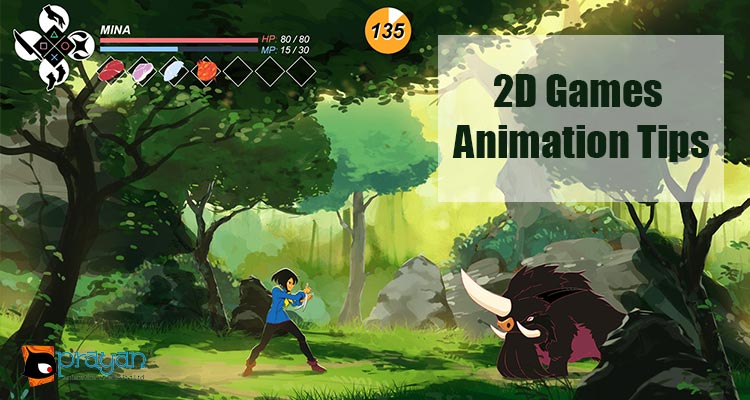
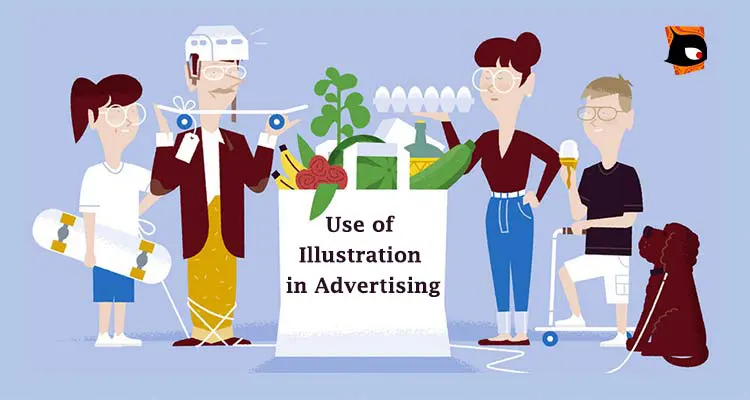
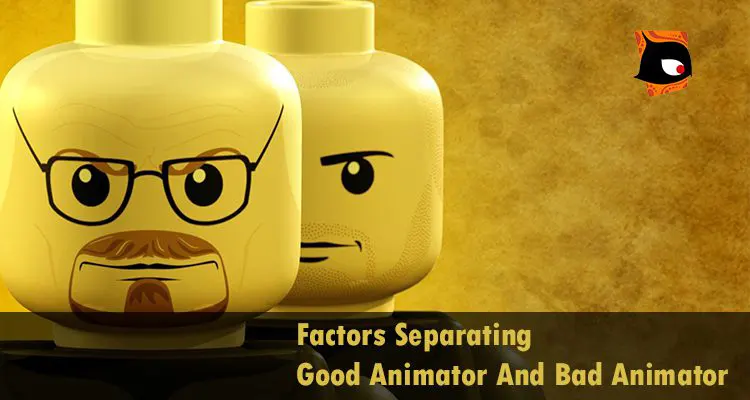
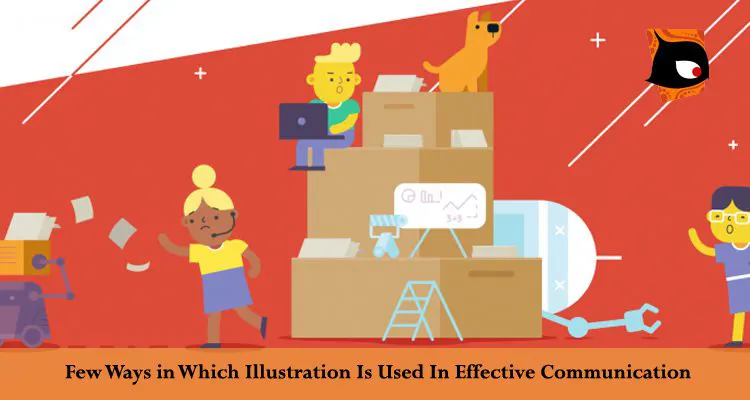
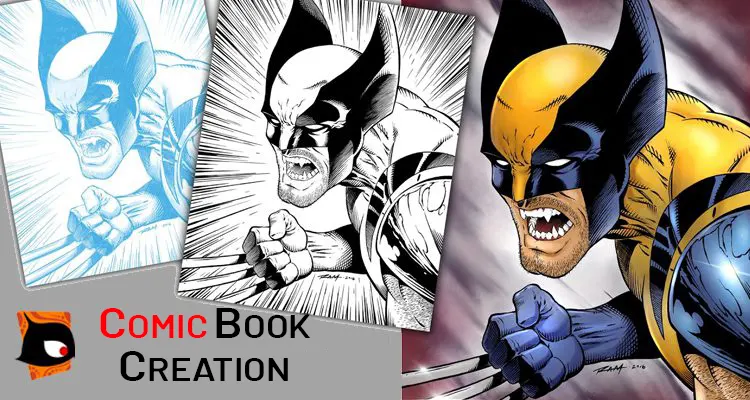
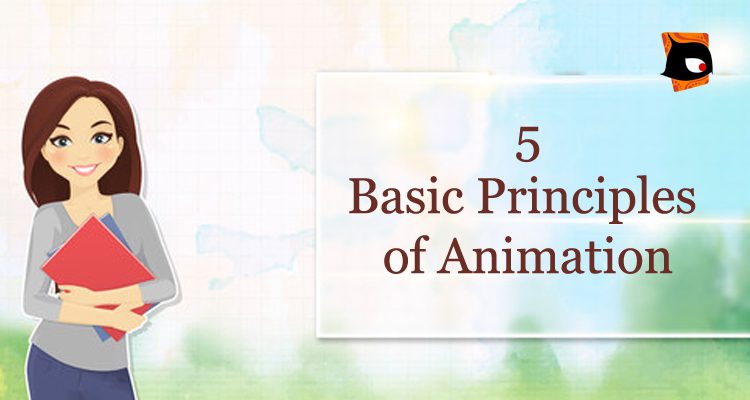
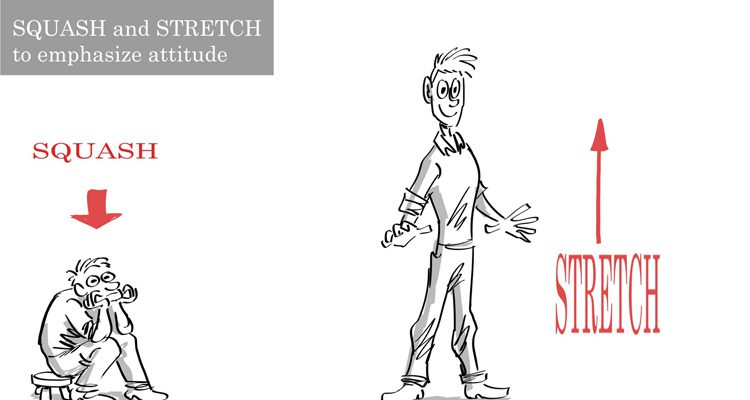
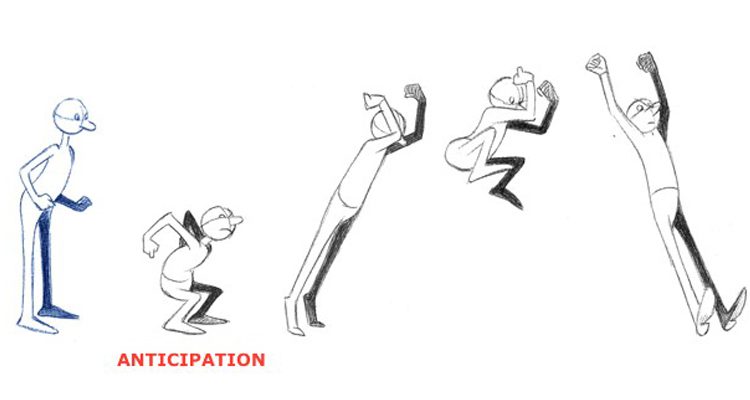
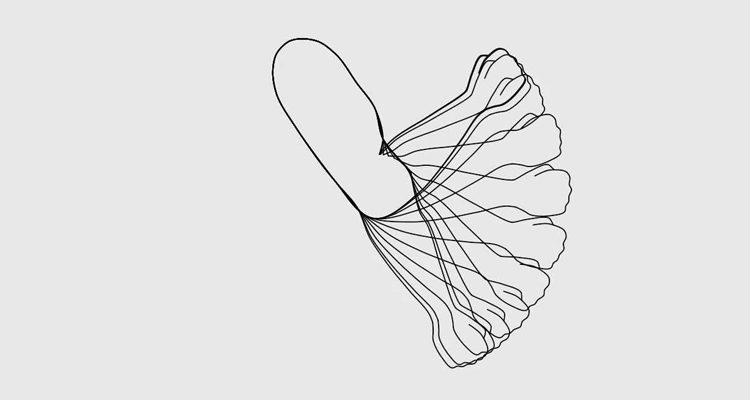
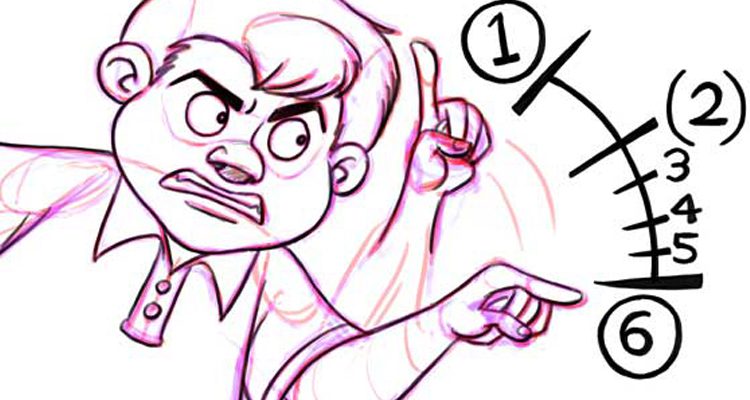
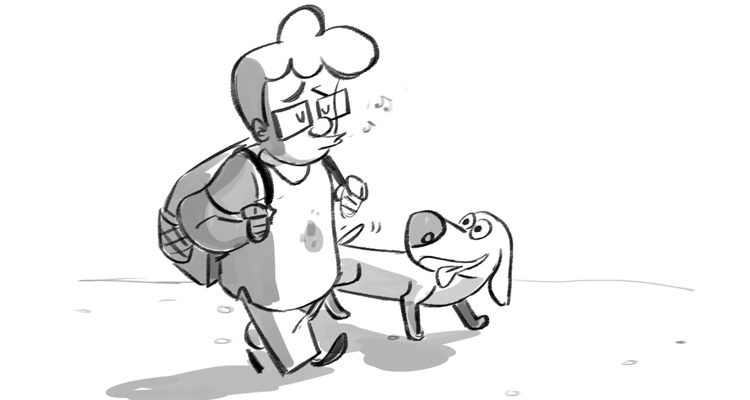

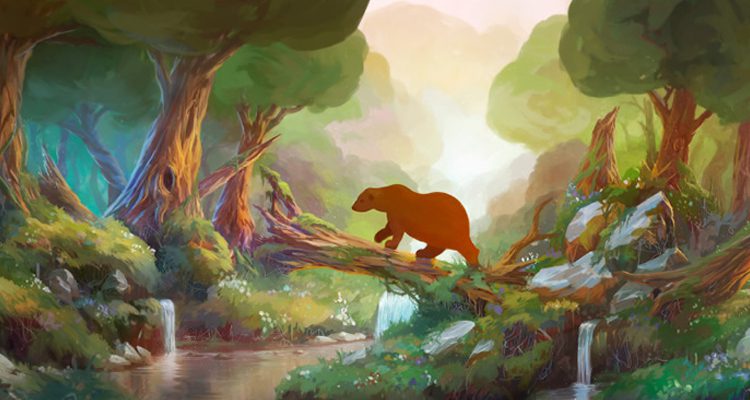
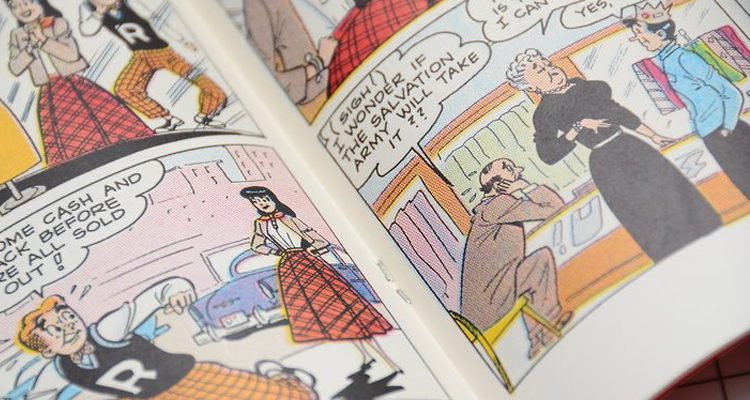
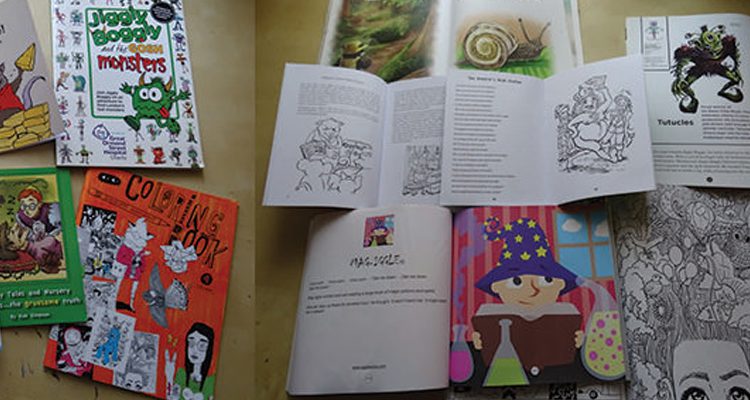
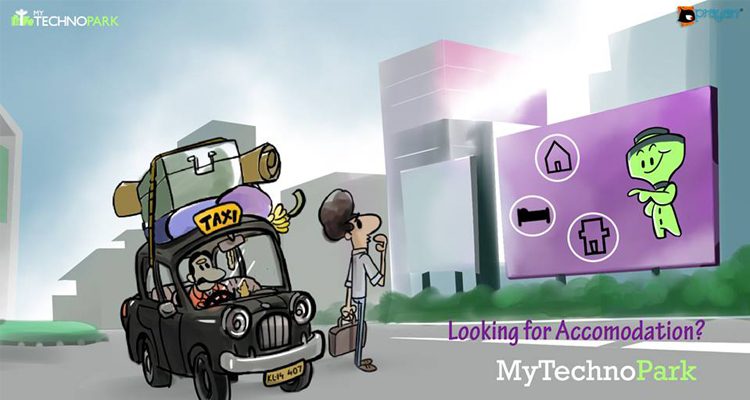

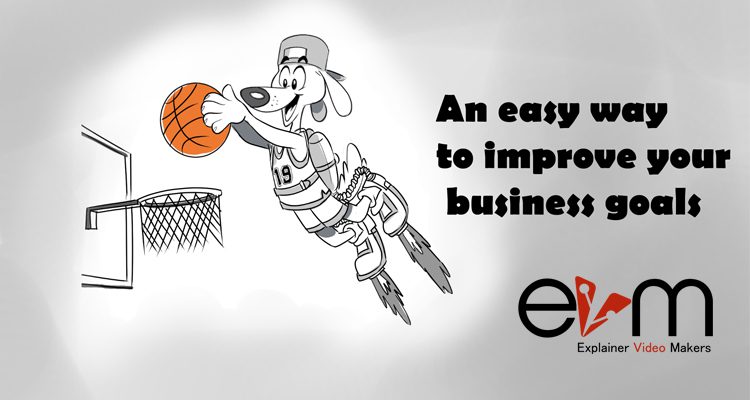
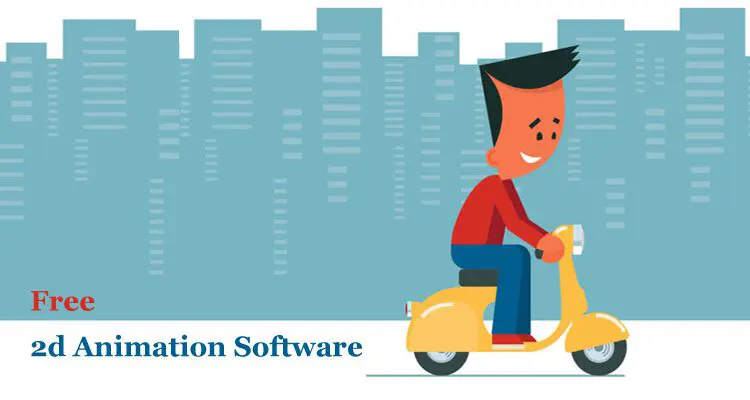



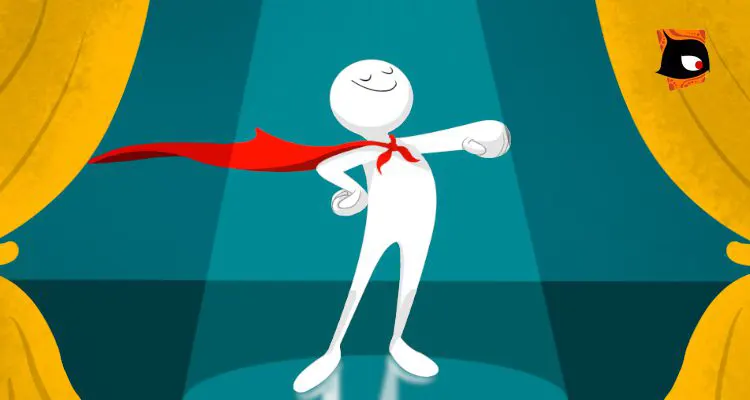

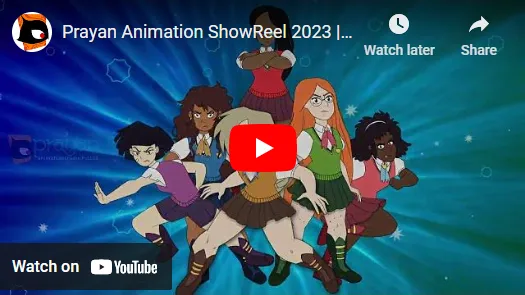

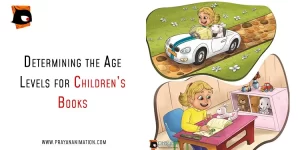
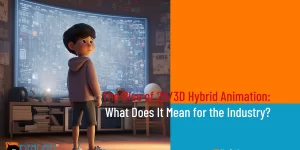

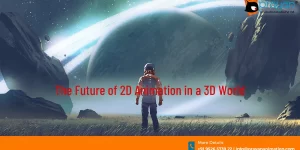



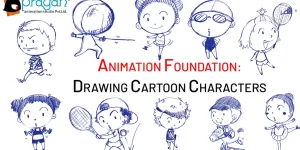
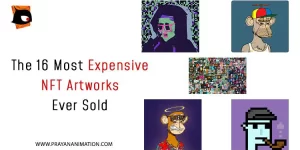
 We can help you.
We can help you. 

